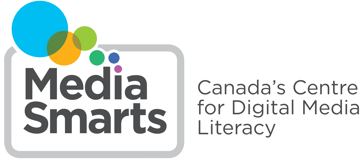Helping Kids Build Safe and Smart Digital Habits
There are four main strategies to help kids become resilient to online risks. We can:
Curate our kids’ media experiences;
Control who can access our kids and their data;
Co-view media with our kids;
and be our kids’ media Coaches.
